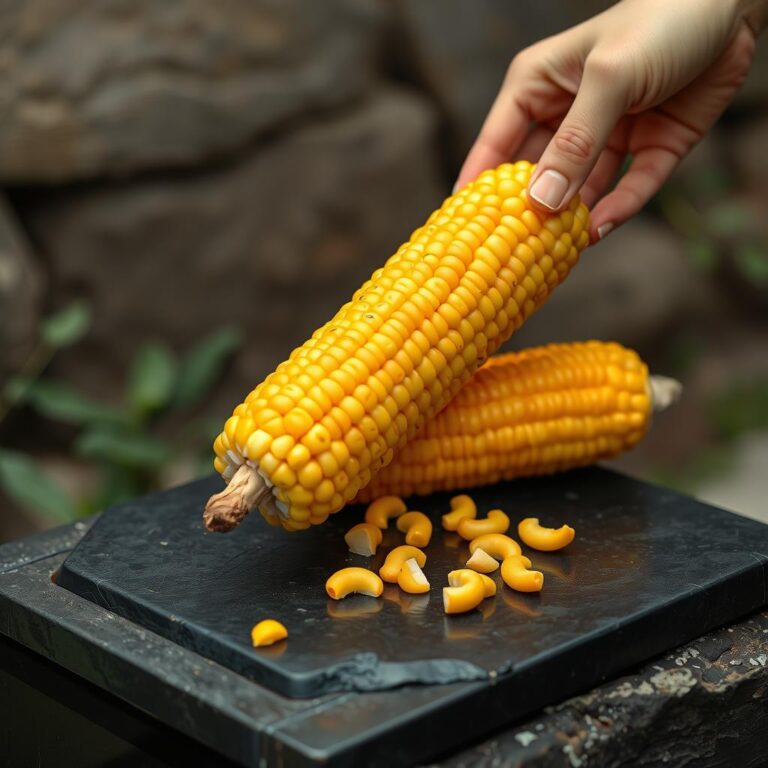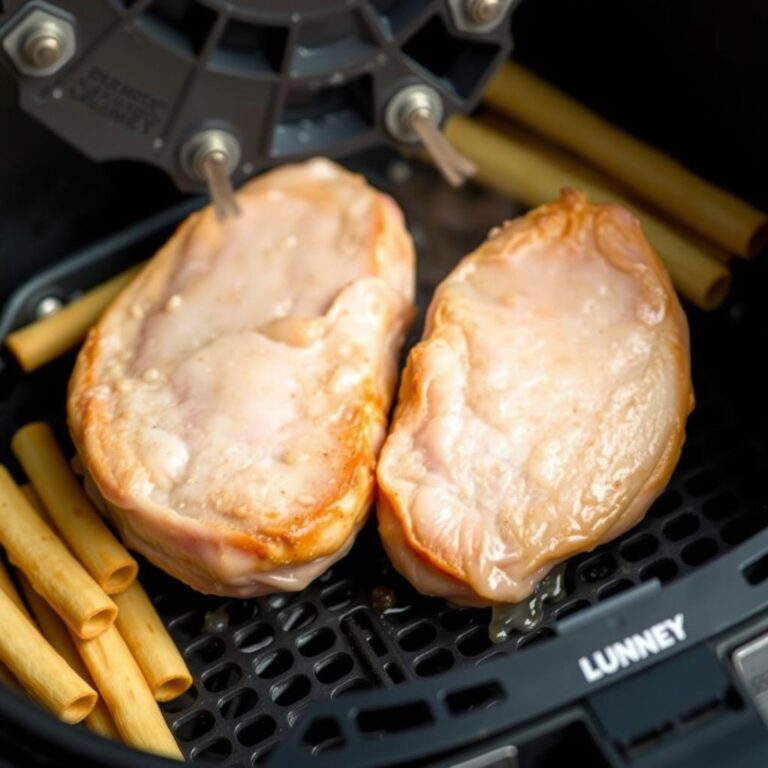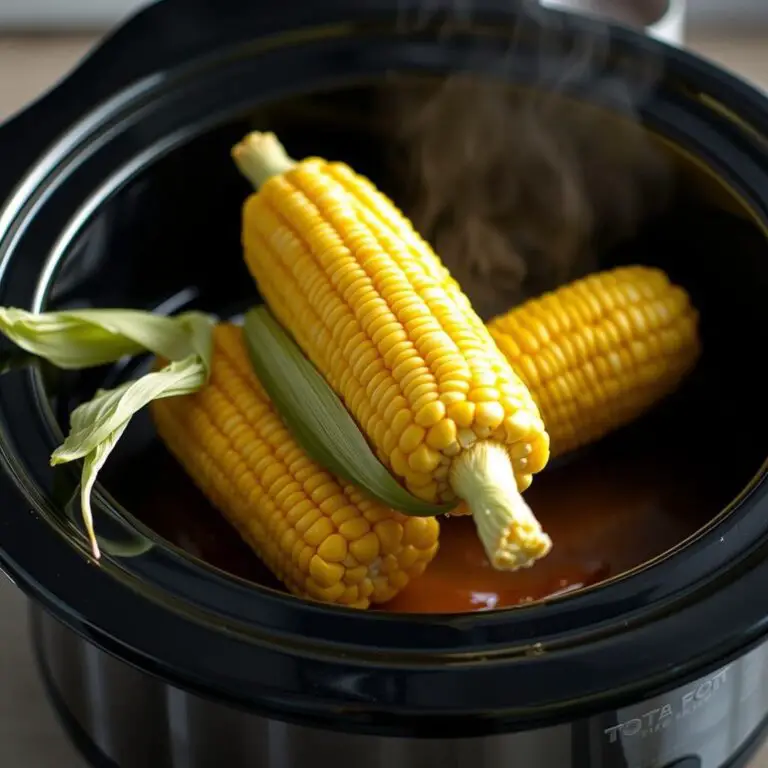Can you cook steak with coconut oil? That's the question a lot of people are asking when they're looking for healthier cooking options, or just trying to figure out what's in their pantry.
Can You Really Cook Steak With Coconut Oil? Let's Get Real
So, can you actually sear a juicy steak using coconut oil?
The short answer?
Absolutely, you can cook steak with coconut oil.
But, like anything in the cooking world, there are some nuances and some real talk we need to have to make sure you don't end up with a smoky kitchen and a less-than-perfect steak.
Why Coconut Oil for Steak? The Pros and Cons
People are drawn to cooking with coconut oil for a few key reasons.
It's often seen as a healthier alternative to butter or vegetable oil, and it imparts a subtle, almost sweet flavor that can complement certain cuts of beef.
But let's break down the pros and cons, Hormozi style – no fluff, just the facts.
Pros:
- Health Perks (Maybe): Coconut oil contains medium-chain triglycerides (MCTs), which some believe are easier for the body to process. However, it's still a saturated fat, so moderation is key.
- Unique Flavor: A hint of coconut can add an interesting layer to your steak, especially if you're experimenting with different spice rubs.
- Availability: If you're like me, you probably have a jar of coconut oil sitting in your pantry right now. It's a pretty common ingredient these days.
Cons:
- Smoke Point: This is the big one. Coconut oil has a relatively low smoke point (around 350°F or 177°C) compared to other cooking oils like avocado oil or grapeseed oil. If you overheat it, you'll end up with acrid smoke and a burnt flavor. Not what you want for a good steak.
- Coconut Flavor: While some might like the hint of coconut, others might find it clashes with the savory flavor of the steak. It really depends on your taste.
- Cost: Depending on the type and brand, coconut oil can sometimes be more expensive than other cooking oils.
Decoding Coconut Oil: Refined vs. Unrefined for Searing Steaks
Now, here's a crucial detail that often gets overlooked: there are two main types of coconut oil – refined and unrefined (also known as virgin coconut oil).
Refined coconut oil has been processed to remove the coconut flavor and aroma. It also has a slightly higher smoke point than unrefined coconut oil. This makes it a better option if you want to avoid that coconutty taste and need a bit more leeway with heat.
Unrefined coconut oil retains its distinct coconut flavor and aroma. It's less processed and often preferred by those who want the full health benefits (or at least the perceived health benefits) of coconut oil. However, its lower smoke point makes it trickier to use for high-heat cooking like searing steak.
So, which one should you use for cooking your steak?
If you're concerned about the coconut flavor overpowering your steak or want a higher smoke point, go for refined coconut oil.
If you want that subtle coconut flavor and are careful about temperature control, unrefined coconut oil can work, but you need to be extra vigilant.
Step-by-Step: Cooking Steak with Coconut Oil Like a Pro
Alright, let's get down to the nitty-gritty of how to actually cook a steak with coconut oil.
This isn't rocket science, but following these steps will significantly increase your chances of a delicious outcome:
- Choose Your Steak Wisely: Opt for cuts that are well-marbled, like ribeye, New York strip, or even a well-marbled sirloin. The fat will help keep the steak moist and flavorful.
- Thaw and Prep: Completely thaw your steak. Pat it dry with paper towels. This is crucial for getting a good sear. Season generously with salt and pepper (or your favorite steak rub).
- Pick Your Coconut Oil: Decide whether you're going with refined or unrefined coconut oil based on the flavor and smoke point considerations we discussed.
- Heat Management: Here’s the key: Use medium-high heat. You want the pan hot enough to sear the steak, but not so hot that the coconut oil starts smoking.
- Oil Up: Add about a tablespoon of coconut oil to a heavy-bottomed skillet (cast iron is ideal). Let it melt completely and shimmer.
- Sear It Good: Carefully place the steak in the hot pan. Don't overcrowd the pan – if you're cooking multiple steaks, do it in batches. Sear for 3-4 minutes per side for a medium-rare steak, adjusting the time based on your desired doneness and the thickness of the steak.
- Don't Forget the Sides: While the steak is searing, you can add aromatics like garlic cloves or sprigs of rosemary to the pan to infuse the oil with extra flavor. Baste the steak with the flavored oil for added deliciousness.
- Check the Temp: Use a meat thermometer to ensure the steak reaches your desired internal temperature.
- Rest is Best: Remove the steak from the pan and let it rest for at least 5-10 minutes before slicing. This allows the juices to redistribute, resulting in a more tender and flavorful steak.
By following these steps, you will unlock the potential of can you cook steak with coconut oil.
Can you cook steak with coconut oil? That's a question many people ask, especially when exploring healthier cooking alternatives or simply checking their pantry's contents.
Can You Really Cook Steak With Coconut Oil? Let's Get Real
So, can you actually sear a juicy steak using coconut oil?
The short answer?
Absolutely, you can cook steak with coconut oil.
But, like anything in the cooking world, there are some nuances and some real talk we need to have to make sure you don't end up with a smoky kitchen and a less-than-perfect steak.
Why Coconut Oil for Steak? The Pros and Cons
People are drawn to cooking with coconut oil for a few key reasons.
It's often seen as a healthier alternative to butter or vegetable oil, and it imparts a subtle, almost sweet flavor that can complement certain cuts of beef.
But let's break down the pros and cons, Hormozi style – no fluff, just the facts.
Pros:
- Health Perks (Maybe): Coconut oil contains medium-chain triglycerides (MCTs), which some believe are easier for the body to process. However, it's still a saturated fat, so moderation is key.
- Unique Flavor: A hint of coconut can add an interesting layer to your steak, especially if you're experimenting with different spice rubs.
- Availability: If you're like me, you probably have a jar of coconut oil sitting in your pantry right now. It's a pretty common ingredient these days.
Cons:
- Smoke Point: This is the big one. Coconut oil has a relatively low smoke point (around 350°F or 177°C) compared to other cooking oils like avocado oil or grapeseed oil. If you overheat it, you'll end up with acrid smoke and a burnt flavor. Not what you want for a good steak.
- Coconut Flavor: While some might like the hint of coconut, others might find it clashes with the savory flavor of the steak. It really depends on your taste.
- Cost: Depending on the type and brand, coconut oil can sometimes be more expensive than other cooking oils.
Decoding Coconut Oil: Refined vs. Unrefined for Searing Steaks
Now, here's a crucial detail that often gets overlooked: there are two main types of coconut oil – refined and unrefined (also known as virgin coconut oil).
Refined coconut oil has been processed to remove the coconut flavor and aroma.
It also has a slightly higher smoke point than unrefined coconut oil.
This makes it a better option if you want to avoid that coconutty taste and need a bit more leeway with heat.
Unrefined coconut oil retains its distinct coconut flavor and aroma.
It's less processed and often preferred by those who want the full health benefits (or at least the perceived health benefits) of coconut oil.
However, its lower smoke point makes it trickier to use for high-heat cooking like searing steak.
So, which one should you use for cooking your steak?
If you're concerned about the coconut flavor overpowering your steak or want a higher smoke point, go for refined coconut oil.
If you want that subtle coconut flavor and are careful about temperature control, unrefined coconut oil can work, but you need to be extra vigilant.
Step-by-Step: Cooking Steak with Coconut Oil Like a Pro
Alright, let's get down to the nitty-gritty of how to actually cook a steak with coconut oil.
This isn't rocket science, but following these steps will significantly increase your chances of a delicious outcome:
- Choose Your Steak Wisely: Opt for cuts that are well-marbled, like ribeye, New York strip, or even a well-marbled sirloin. The fat will help keep the steak moist and flavorful.
- Thaw and Prep: Completely thaw your steak. Pat it dry with paper towels. This is crucial for getting a good sear. Season generously with salt and pepper (or your favorite steak rub).
- Pick Your Coconut Oil: Decide whether you're going with refined or unrefined coconut oil based on the flavor and smoke point considerations we discussed.
- Heat Management: Here’s the key: Use medium-high heat. You want the pan hot enough to sear the steak, but not so hot that the coconut oil starts smoking.
- Oil Up: Add about a tablespoon of coconut oil to a heavy-bottomed skillet (cast iron is ideal). Let it melt completely and shimmer.
- Sear It Good: Carefully place the steak in the hot pan. Don't overcrowd the pan – if you're cooking multiple steaks, do it in batches. Sear for 3-4 minutes per side for a medium-rare steak, adjusting the time based on your desired doneness and the thickness of the steak.
- Don't Forget the Sides: While the steak is searing, you can add aromatics like garlic cloves or sprigs of rosemary to the pan to infuse the oil with extra flavor. Baste the steak with the flavored oil for added deliciousness.
- Check the Temp: Use a meat thermometer to ensure the steak reaches your desired internal temperature.
- Rest is Best: Remove the steak from the pan and let it rest for at least 5-10 minutes before slicing. This allows the juices to redistribute, resulting in a more tender and flavorful steak.
By following these steps, you will unlock the potential of can you cook steak with coconut oil.
Mastering the Sear: Tips and Tricks for Cooking Steak with Coconut Oil
Okay, so you know the basics, but let’s dive into some pro-level tips to really nail that sear when you cook steak with coconut oil.
These little tweaks can make a huge difference in the final result, transforming your steak from "meh" to "OMG."
- Dry Brining: This is a game-changer.
A few hours before cooking (or even the night before), generously salt your steak.
The salt will draw out moisture, then get reabsorbed, seasoning the steak from the inside out and helping create a beautiful crust when searing with coconut oil. - Pan Prep is Key: Make sure your cast iron skillet (or whatever heavy-bottomed pan you're using) is screaming hot before you add the coconut oil.
A hot pan ensures a good sear and prevents the steak from sticking. - Don't Crowd the Pan: Seriously, I can't stress this enough.
Overcrowding the pan lowers the temperature, which means your steak will steam instead of sear.
Cook in batches if necessary. - Control the Smoke: Keep a close eye on the coconut oil's smoke point.
If it starts smoking excessively, reduce the heat immediately.
You can also crack a window or turn on your exhaust fan to avoid setting off the smoke alarm. - Basting is Boss: After searing each side, add a knob of butter (yes, even with the coconut oil), some fresh herbs like thyme or rosemary, and a smashed garlic clove to the pan.
Tilt the pan and use a spoon to baste the steak with the flavored oil and melted butter.
This adds richness and aroma. - Reverse Sear Method: For thicker cuts, consider the reverse sear method.
Cook the steak in a low oven (around 275°F or 135°C) until it's almost to your desired internal temperature, then sear it in the hot pan with coconut oil for a perfect crust. - Experiment with Flavors: Don't be afraid to get creative with your seasonings.
A little smoked paprika, garlic powder, or even a pinch of cayenne pepper can add a delicious twist to your steak.
Just make sure the flavors complement the subtle sweetness of the coconut oil.
Coconut Oil Steak Recipe Ideas: Beyond the Basics
Alright, you've got the technique down, now let's talk about some flavor profiles and recipe ideas to elevate your experience of can you cook steak with coconut oil.
These aren't just recipes, they're inspiration points to get you thinking outside the box.
- Coconut Curry Steak: Marinate your steak in a mixture of coconut milk, curry powder, ginger, garlic, and a touch of lime juice.
Sear it in coconut oil and serve with rice and steamed vegetables.
The coconut oil will enhance the curry flavors beautifully. - Tropical Steak with Mango Salsa: Sear your steak in coconut oil and top it with a vibrant mango salsa made with diced mango, red onion, cilantro, jalapeño, and lime juice.
The sweetness of the mango complements the savory steak and adds a refreshing twist. - Coconut-Crusted Steak: Coat your steak in shredded coconut before searing it in coconut oil.
The coconut will toast and create a crispy crust with a subtle sweetness.
Serve with a side of roasted sweet potatoes for a complete meal. - Garlic Herb Infusion: As the steak sears in the coconut oil, add smashed garlic cloves, fresh rosemary sprigs, and thyme.
The oil will infuse with the flavors, creating an aromatic and delicious crust on the steak.
Addressing Your Concerns: Common Questions About Cooking Steak with Coconut Oil
I know what you're thinking: "Okay, this all sounds good, but what about…?"
Let's tackle some common questions and concerns you might have about can you cook steak with coconut oil.
- Will my steak taste too much like coconut?
If you use refined coconut oil, the coconut flavor will be very subtle, if noticeable at all.
Unrefined coconut oil will impart a more distinct coconut flavor, so use it sparingly or if you actually want that flavor. - Is it really healthier to cook with coconut oil?
Coconut oil is high in saturated fat, so it's not necessarily a "health food."
However, some studies suggest that the MCTs in coconut oil may have some health benefits.
Use it in moderation as part of a balanced diet. - Can I use coconut oil for grilling steak?
Due to its lower smoke point, coconut oil isn't ideal for grilling directly over high heat.
However, you can brush the steak with coconut oil after grilling to add flavor. - What if I don't like the smell of coconut oil?
Refined coconut oil has very little odor.
If you're sensitive to smells, opt for refined coconut oil instead of unrefined.
FAQ About Cooking Steak with Coconut Oil
- Can I use coconut oil spray to cook steak?
While convenient, coconut oil sprays often contain additives. It's better to use pure coconut oil for optimal flavor and control. - How do I store leftover steak cooked with coconut oil?
Store leftover steak in an airtight container in the refrigerator for up to 3-4 days. Reheat gently to avoid drying it out. - Can I cook frozen steak with coconut oil?
It's best to thaw steak completely before cooking for even cooking and optimal searing. Cooking frozen steak can result in a tough and unevenly cooked final product. - What's the best way to clean a pan after cooking steak with coconut oil?
Let the pan cool slightly, then scrape off any excess residue. Wash with warm, soapy water. For stubborn bits, try soaking the pan in hot water with a bit of baking soda.
Conclusion: Is Cooking Steak with Coconut Oil Worth It?
So, can you cook steak with coconut oil? Absolutely.
Is it the best oil for every steak-cooking situation? Maybe not.
But with the right technique and a little experimentation, you can definitely create a delicious and interesting steak dish using coconut oil.
Just remember to consider the smoke point, flavor profile, and your own personal preferences.
Now get out there and start searing with coconut oil, and see what culinary magic you can create.
And remember, at the end of the day, you can cook steak with coconut oil and enjoy a flavorful meal.





